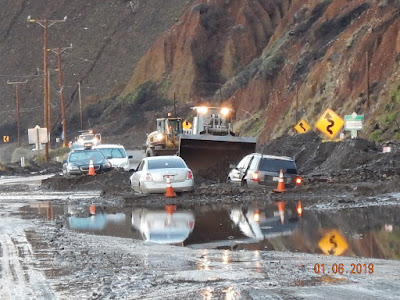We are discussing extreme weather events this
week. This
video from National Geographic is a great
one as an introduction to the material.
As I write this, California just had the
hottest August and September on record. The high temperature 97°
in #SantaCruz
on Friday, October 16th exceeded the previous record 96° on this day in 1974
and 1967.
On sites like the Environmental America’s Extreme Weather Map (below) one can see an interactive visual map with information of weather-related disasters 2010-2015. Every year, weather-related disasters injure or kill hundreds of Americans and cause billions of dollars in damage. Many of the risks posed by extreme weather will likely increase in a warming world. Scientists have already noted increases in extreme precipitation and heat waves as global warming raises temperatures and exacerbates weather extremes.
The WunderMap is a really useful site to see the severe weather occurrences updated in the States.
Any of the websites I used here are great places to keep yourselves informed so we can prepare for an extreme weather event.
Stay safe and informed!



